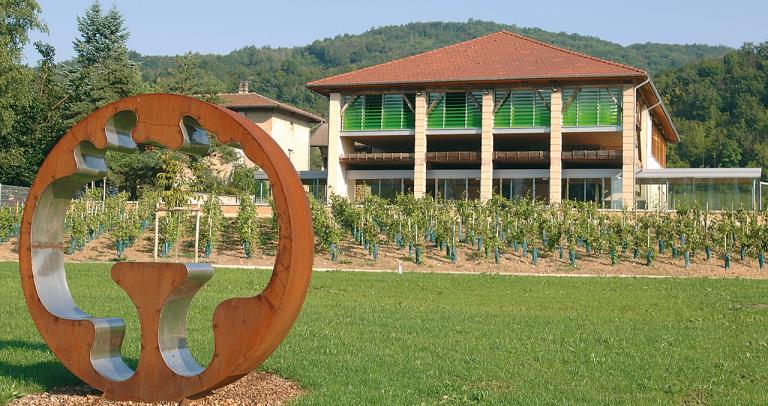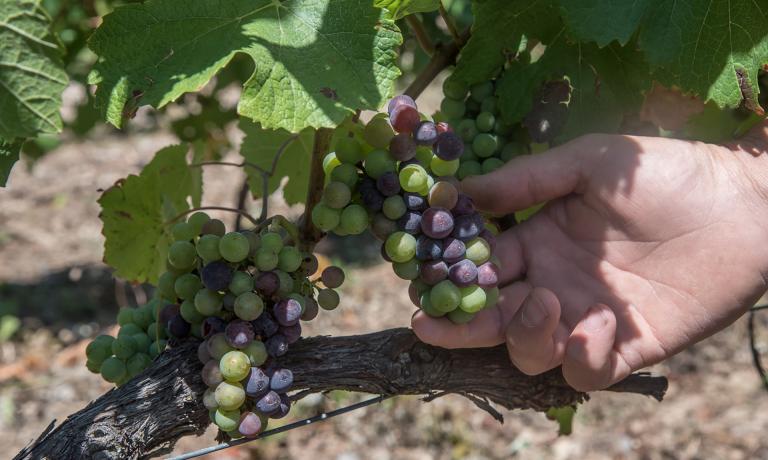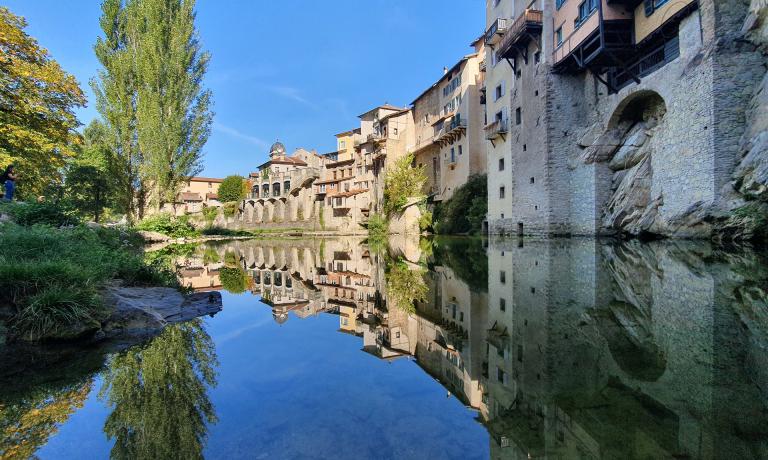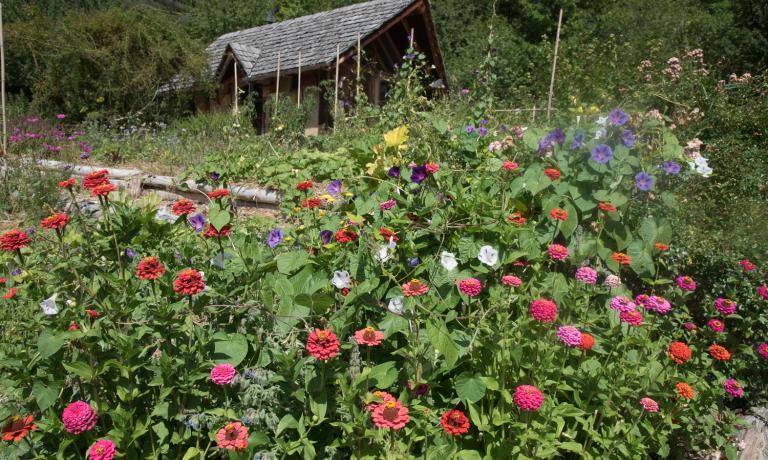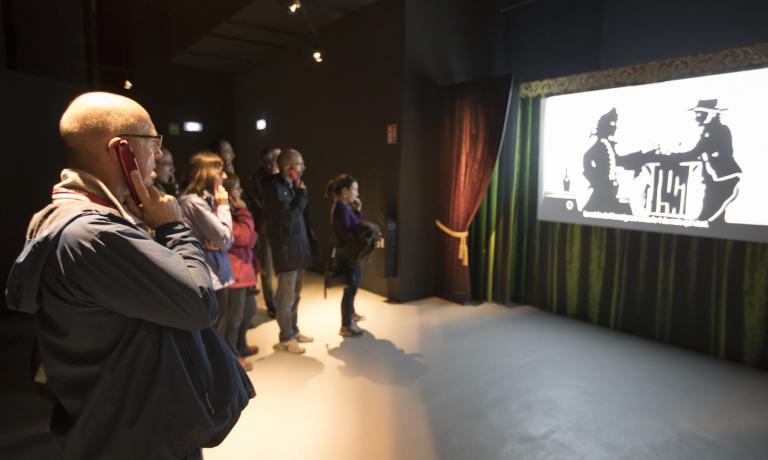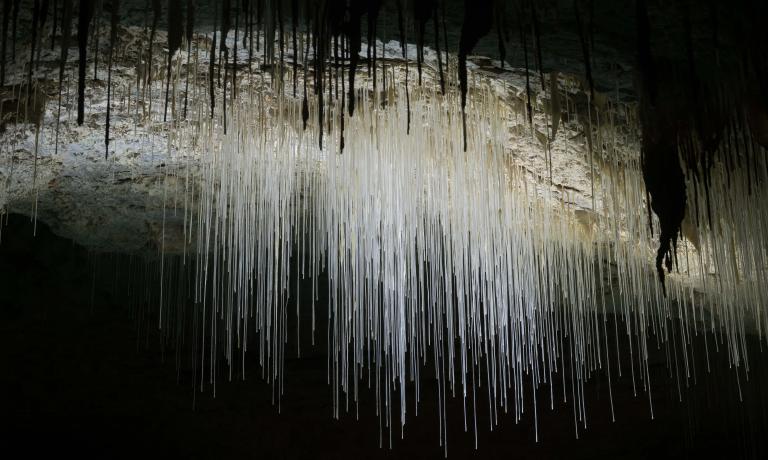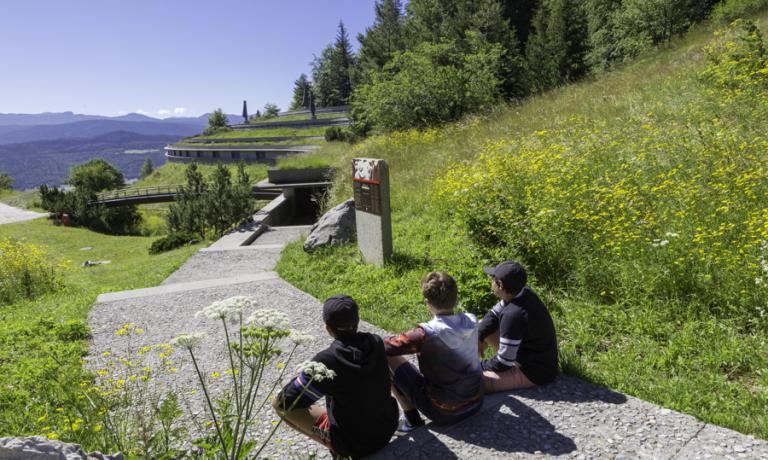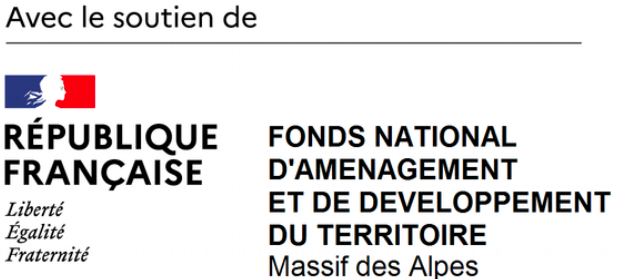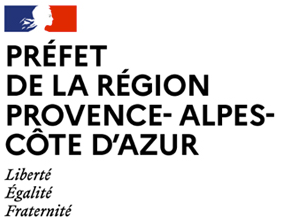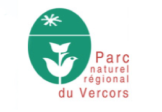The Vercors has crossed the ages by offering men the shelter of its plateaux and forests, going back to prehistoric times. On the high grounds, a Celtic people, the Vertacomoriens, brought the first villages to life. Then religious groups, nobles, soldiers, peasants, resistance fighters, and sports enthusiasts turned the pages of its history. Through its sites and museums, the Vercors reveals its rich, preserved heritage, that testifies to the life of its inhabitants over the centuries.
The Resistance and the Freedom Trails
A true natural fortress, the Vercors massif sheltered many "maquisards" during the Second World War, and was a major French Resistance site. Surrounded and attacked from all sides by German forces in July 1944, it became a death trap for numerous fighters and civilians. Several villages were entirely destroyed, and the massif will always bear the scars of these tragic events. Along your strolls or car trips, you will see numerous remembrance stones commemorating those that fell. Along the "Freedom Trails", these sites will help you understand and never forget these sacrifices.
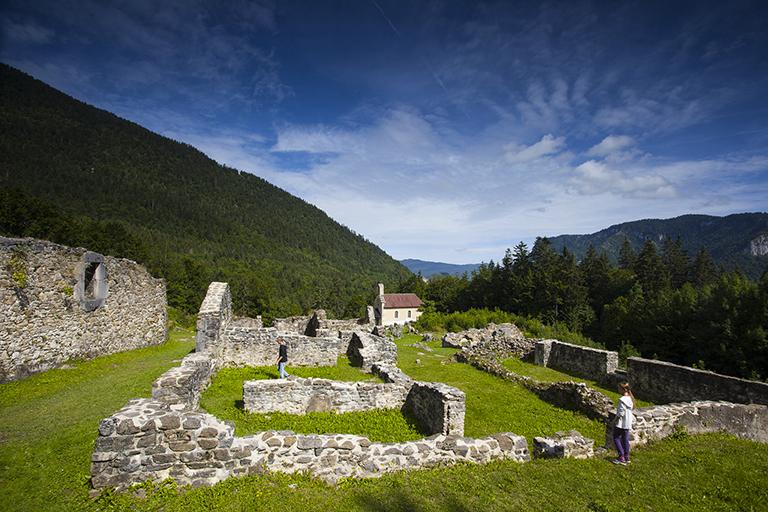
The Memorial to the Resistance in Vercors : Dominating the Vassieux-en-Vercors plain, on the Col de la Chau, the Memorial to the Resistance invites you to enter into the fortress and discover the everyday life of the maquisards. The museographical trail helps you experience, reflect, understand and question this period in History. Come and share an encounter between the region and its history...at one of the remembrance sites on the Freedom Trails.
The Museum of the Resistance : In an unmissable remembrance site, the museum focuses on three themes: "The Vercors before the Vercors", on the 1918-1942 period, "The Vercors Maquis", with its organisation and fighting up to the tragic Summer of 1944, and "The Vercors after the Vercors" with the reconstruction of the villages, everyday life and remembrance. Modern, interactive and educational, the Museum of the Resistance leaves no one indifferent.
Léoncel Abbey
Founded in 1137 by the monks of the Cîteaux order, attracted by the Léoncel site - the high valley of the Vercors at 912 metres - it took decades to build the abbey. The abbey church is mainly Romanesque, but shows a discrete transition towards Gothic architecture. The beauty of the limestone, the simplicity of an architecture at the crossroads between different influences and the way natural light enters, make this a valuable and beautiful site.
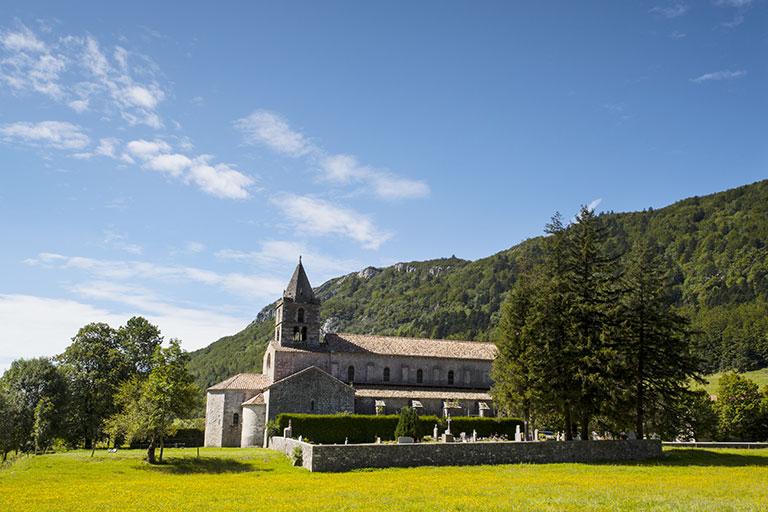
Carmes Convent
An exceptional 14th century site, the perfectly restored Carmes Convent , stands on the first Vercors scarps. It is located on the edge of the medieval town, opposite the esplanade that protects the ruins of Beauvoir Castle, the birthplace of the Dauphiné. The museum retraces the history of the French Dauphins, and the constitution of the Dauphiné through an original, interactive and visual museography. An ethno-botanical exhibition lets you discover the importance of the plant life in the Vercors, and extends into a medieval garden and conservation orchard.
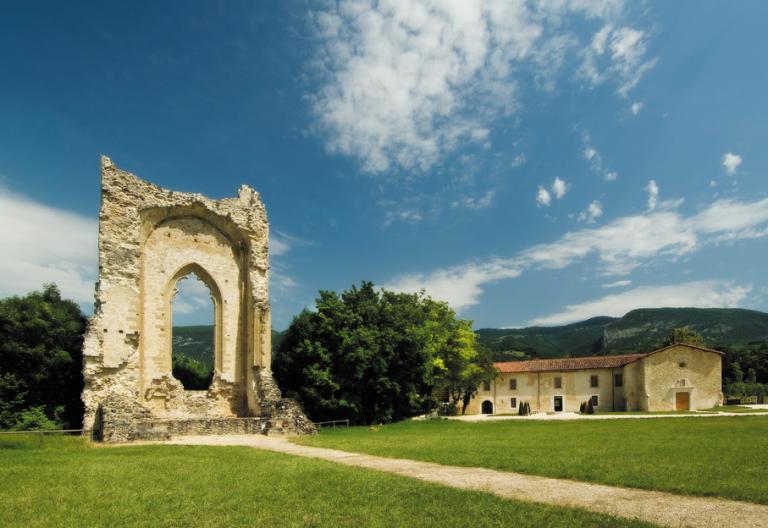
Sassenage Castle
A magnificent example of French architecture, this castle built in the 17th century by the Baron de Sassenage, and classified as an Historical Monument, is a precious testimony to Dauphiné history. From halls to state bedrooms, private apartments and servants' quarters, discover the everyday life of Sassenage Castle's inhabitants during the Great Century and the Century of the Lumères through the magic of the decoration and furniture. You can also experience the calm of the 8 ha of historic gardens including several remarkable hundred-year-old trees.
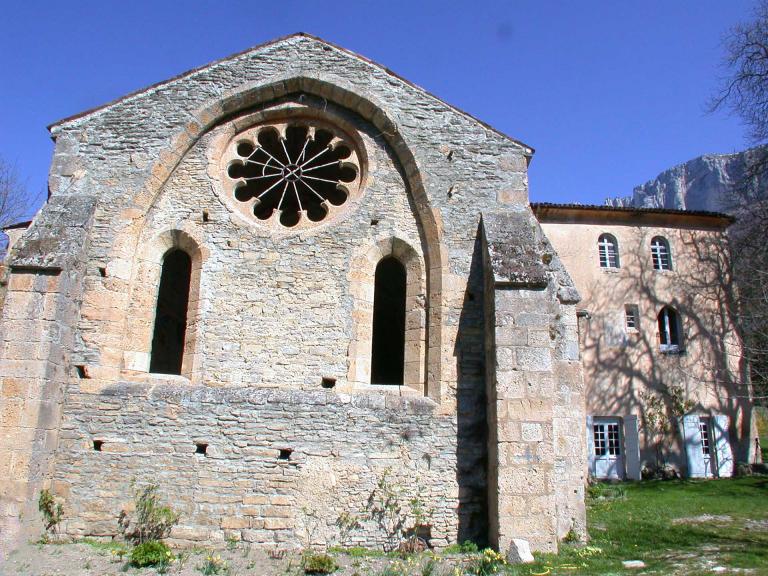
The Grand Séchoir
The amazing history of the Grenoble walnut, awarded "appellation d'origine contrôlée" status from 1938, is presented and brought to life in Vinay, at the Grand Séchoir. A surprising and fun museography lets you discover the full story of this succulent fruit and retraces the history of the men that have made the Grenoble walnut famous over the years. The "Thumbelina" exhibition and the sculpture trail in the park explore the imaginary world of the walnut through this famous children's fable by H.C. Andersen.
